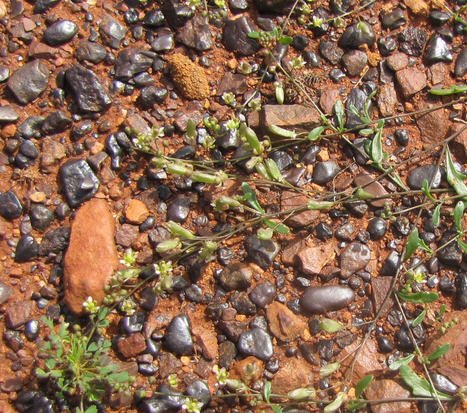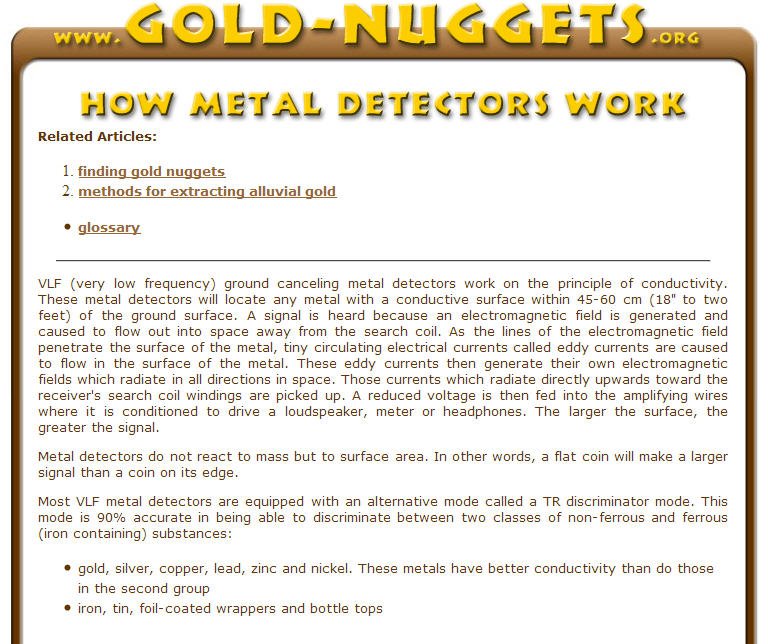silver said:
It'll only get the visible surface steel at any rate flowers..... would serve a purpose in a high steely area that overlies a truly great researched site that's gunna give if you can get to it (no Windows) ,.... it's the up down that provides some good exercise within our passivity (I pick up visible rubbish anyway).

Not just steel - it picks up many of those noisy iron pisolites as well (that polished-looking buckshot ironstone),
but I suspect would take all day to do this with a magnet. Does anyone know why the ironstone causes problems (I'm guessing but suspect it might be the maghemite in the ironstone, which being magnetic much like magnetite, has its own magnetic field which would distort the magnetic field of your coil, giving a false reading - I doubt if it is its electrical conductivity of the ironstone that is the problem, since that is only moderate). Magnetite would do the same, but the most common iron mineral (limestone = goethite) is not magnetic and is a poor electrical conductor, so is less of a problem.
I'm assuming this because I think a gold detector works on the principle of gold being an excellent conductor rather than a mediochre one - when the magnetic field from your coil swings across gold it would induce current flow in the gold and that would create a secondary magnetic field around the gold that distorts your coils field, giving a buzz (Eureka)! Basically by giving the resultant field a large resulting horizontal component. Although people talk about conductive ground I wonder if the issue is not more magnetic ground? Any experts on this out there?
If the magnetic field of the ironstone is the problem, even sweeping the surface with a rake or broom might help reduce noise and be faster than a magnet. Even where actual layers of ironstone gravel are present (so that the entire layer cannot be swept away just the loose pisolites), the magnetic type of ironstone is usually at surface only in places like Victoria, Tasmania and much of NSW because it is just iron-rich soil, and occurs as loose pisolites in sand. The iron-rich soil layer itself (including its pisolites) is usually not very magnetic because it is mostly limonite and hematite (not magnetic minerals). The maghemite is confined to the actual ground surface because it forms when bushfires dehydrate the previously limonite-hematite ironstone pisolites, turning them into magnetic maghemite (lower water content).
Places like WA (eg Eastern goldfields) and large parts of SA, Qld and NT (eg Tennant Creek) would be a different stiory unfortunately (two reasons - much of the ironstone is not soil but a different maghemite-magnetite rock, and secondly because much of the coarse gold concentrates in the ironstone. However most of Victoria, NE Tasmania, and areas like the Hill End and Tibooburra area in NSW would not have this issue despite having noisy ironstone - areas with what geologists call "orogenic gold"
I may be talking through my hat in arguing from theory - can anyone tell me ("you're up yourself goldierocks!")?


)



How am I spose'd ta carry that over my shoulder? :lol: :lol: :lol: O

